
|
Philippines, 25 Dec 2025 |
Home >> News |
 |
||||
|
|
|
|
Rizal Memorial Coliseum: The Arena That Endured War and Forged Generations of Filipino Greats By Emmanuel Rivera, RRT PhilBoxing.com Tue, 09 Sep 2025 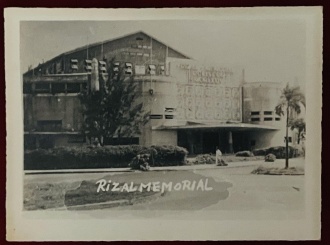 Filipinos simply call it the Rizal Memorial. The name alone still carries (heavy) weight. It was the arena that stood out, where fathers brought their sons, and where fond memories took root. For every Filipino sports fan, photographs of the Coliseum —whether found in museum archives, tucked in yellowed scrapbooks, or hidden in the shoebox collections of those who once cheered inside its walls— still stir something profound. I still carry a photo of this grand arena in my wallet as a keepsake from the days when my father would take me there to watch the best of the best. It’s the last ancient arena on Philippine soil, and one that withstood the ravages of time and war. It could have been erased, paved over by progress. It still stands, thanks to nostalgia and the resolve of the Filipino people and a few committed leaders who chose memory over demolition. 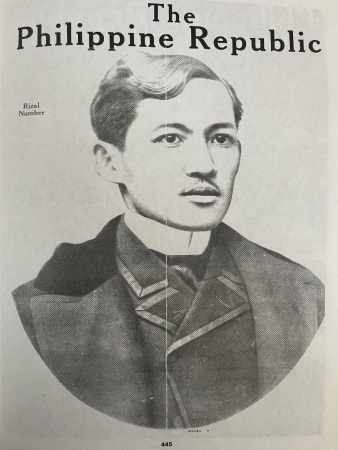
Built With Purpose The coliseum was named after Dr. José Rizal, one of our revered national heroes. Rizal stood for discipline, intellect, and sacrifice. The complex that bears his name came to symbolize those same values through sports and entertainment. The Rizal stands where the Manila Carnival once unfurled its banners — a place where brass bands, bright lights, and the hum of a city in celebration filled the air. The gaiety faded, but the ground never lost its sense of spectacle. By 1927, the canvas tents and Ferris wheels gave way to something more enduring: a home for Filipino athletic pride. When the Coliseum opened in 1934, just in time for the Far Eastern Championship Games, it was more than concrete and steel. It was a drumbeat in stone. Boxing, football, swimming, tennis, baseball; each sport claimed its moment beneath its Art Deco crown. At its heart, the Coliseum roared — built for names that would last, for noise that would not be forgotten, for the telling of our national stories in sweat and triumph. 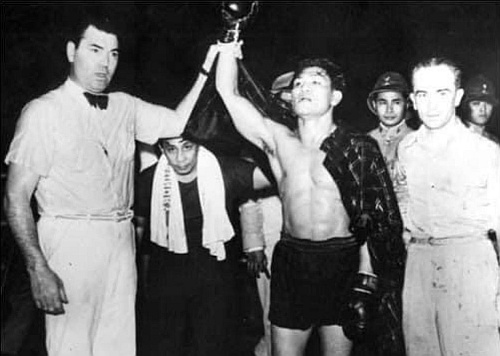
On December 23, 1939, Ceferino Garcia stopped Glen Lee in the 13th round before 40,000 fans at Rizal Memorial Stadium. Rain slicked the canvas as Lee rose groggily from two knockdowns, only for referee Jack Dempsey to wave it off. It was their third meeting and Garcia’s finest…this was the second world title fight ever held in the Philippines. Garcia’s homecoming had the vibe of Pancho Villa vs. Clever Sencio world title fight in 1925 at Wallace Field Grounds. 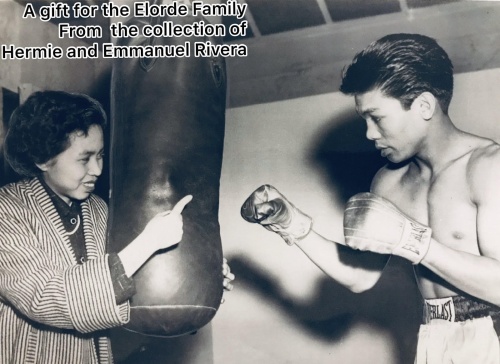
In 1955, Gabriel “Flash” Elorde faced reigning featherweight king Sandy Saddler of America here. Saddler was taller, stronger, and favored to win, but Elorde was different. Round after round, he floated with southpaw grace and precision, refusing to bend. When the final bell rang, the judges gave him a unanimous decision. It wasn’t a title bout, but for Filipinos, it marked the dawn of boxing’s second golden age. My father was not yet a reporter…just a young fan in the bleachers…but he never forgot that night. 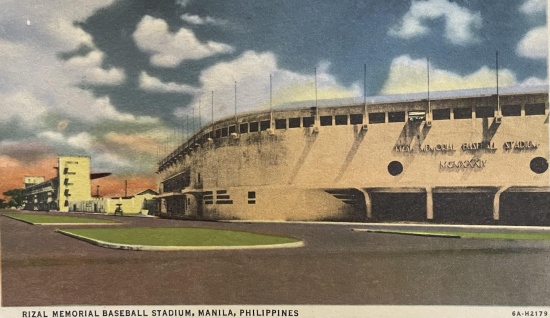
The Coliseum’s stage was never just for boxing. In 1934, baseball legends Babe Ruth and Lou Gehrig played here. In 1966, The Beatles drew over 50,000 fans, their music filling the same air that once carried the roar of prizefights. Before the war, Stewart and Edwin Tait kept the fight tradition alive with their boxing cards. Architect Juan M. Arellano — who gave Manila its Post Office and Legislative Hall — designed the Coliseum solid, proud, enduring. His son Salvador — my father’s friend Dodong — later captured its soul on canvas. 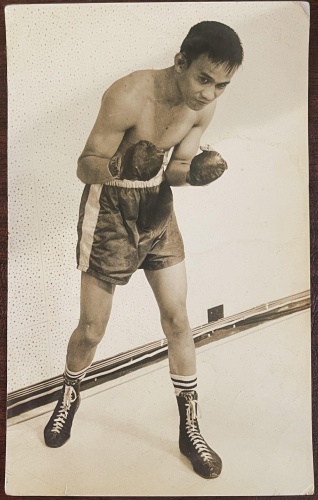
Edgar “Socrates” Batoto (File Photo from the Philippine Boxing Historical Society and Hall of Fame Collection) The Night My Father’s Fighter Won I remember sitting in the crowd with my mom the night my father’s fighter, Edgar “Socrates” Batoto, faced Japanese rising star Kenji Kato. In Round Four, Batoto landed a clean right hook to the stomach. Kato folded— gasping. One perfectly executed body punch. Batoto wasn’t a household name. But that night, under those concrete arches, he mattered. He would earn two rare world title shots later. My father— the late Hermie Rivera, reporter and lifelong supporter of Philippine sport— brought me here a few times. We watched Pony League baseball, Tour of Luzon bikathons, a marathon, and amateur tennis right on these same grounds. They weren’t always headline events. But they were ours. Rizal Memorial wasn’t just where champions were crowned. It was also where fathers passed something on. New stadiums may rise. New banners may be hung. But this was the foundation. And for many of us, it still is. If you pass through Manila, stop by. Stand on the steps. Look at the grandeur from the outside and the inside. You’ll feel what it meant— why it still matters. And if you can, bring someone younger, or older. Let them see it not just as a venue, but as a living chapter of who we are. Sources, Acknowledgments, and Recommended Readings: • Attached photos are courtesy of the Philippine Boxing Historical Society, shared by Philboxing.com, and are re-reprinted for non-commercial use • This article contains selected excerpts, quotations, images, and archival references used under the Fair Use provisions of Section 107 of the United States Copyright Act. These materials are presented for educational, scholarly, and cultural preservation purposes. Every effort has been made to properly attribute sources and limit use to what is necessary to honor the historical and cultural narrative. Click here to view a list of other articles written by Emmanuel Rivera, RRT. |
|
|
PhilBoxing.com has been created to support every aspiring Filipino boxer and the Philippine boxing scene in general. Please send comments to feedback@philboxing.com |
PRIVATE POLICY | LEGAL DISCLAIMER
developed and maintained by dong secuya © 2025 philboxing.com. |